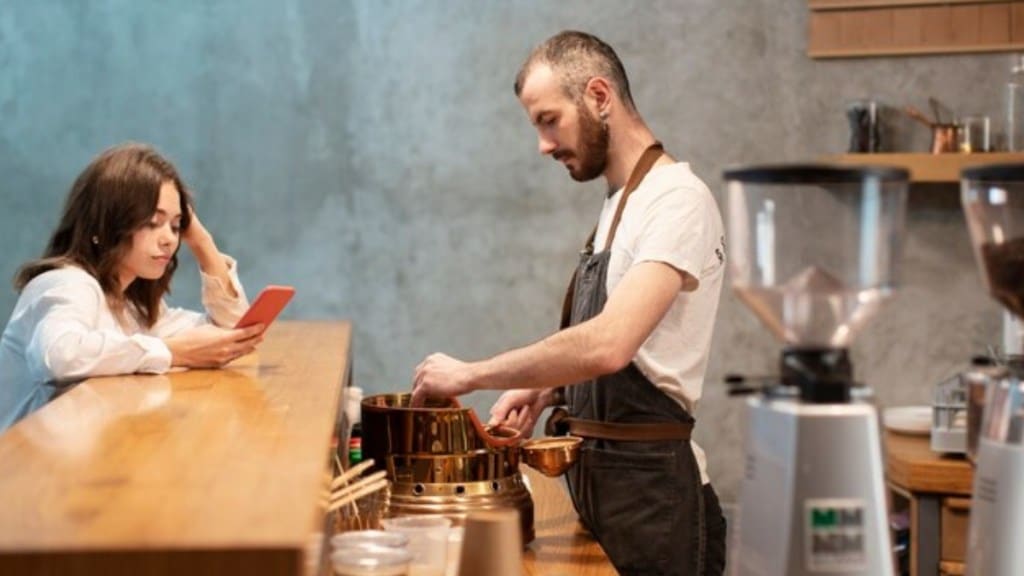The direct-to-consumer (D2C) beverage market, particularly for powders and syrups, is experiencing significant growth, driven by a shift toward online purchasing and quick commerce. According to a Redseer report, the market for beverage powders and syrups (BPS) is expected to grow from Rs 1,200 crore in 2021 to Rs 3,500 crore by 2024. This growth is largely attributed to increased e-commerce penetration and the expansion of grocery platforms.
The report highlights how products like coffee, tea, health drinks, and syrups, traditionally sold through brick-and-mortar stores, are now increasingly being purchased online. This change has created an ideal environment for D2C brands to flourish. By leveraging digital channels, these brands are reaching a growing consumer base that values convenience and innovative offerings.
One of the key observations from the report is the rapid growth of D2C brands in the coffee market. Approximately 33% of the gross merchandise value (GMV) in this category comes from D2C brands. The success of these brands stems from their ability to innovate and cater to changing consumer preferences, such as offering cold brews and personalised blends. Quick commerce has played a crucial role in this growth, making it easier for consumers to try new products.
The report categorises D2C brands into three price segments: premium, mid-price, and low-price. Premium brands cater to niche coffee enthusiasts willing to pay for high-end brews, while mid-price brands offer speciality coffee at accessible price points. Legacy brands still dominate the low-price segment, though some D2C players are starting to make inroads.
The analysis identifies three brand cohorts: Leaders, Challengers, and Laggards, based on their growth trajectories. Leaders are brands that achieved over 60% year-on-year growth, Challengers recorded growth between 30% and 60%, and Laggards grew below 30%. Leaders have effectively leveraged innovation and maintained a consistent online presence, outperforming traditional brands. Meanwhile, those that failed to adapt to the rapid changes in the market are lagging behind.
E-commerce has emerged as the dominant purchasing channel, making it crucial for brands to establish and strengthen their online presence. The shift towards online shopping has not only accelerated growth for D2C brands but also created opportunities for traditional players to reassess their strategies. In a market projected to grow significantly, online penetration is key to expanding reach and capturing a larger consumer base.
The rise of quick commerce, combined with the success of D2C brands, signals a broader shift in consumer behaviour. The convenience of quick deliveries and the appeal of trying innovative new products have reshaped the beverage market. This transformation presents lessons for businesses across industries on how to thrive in a digital-first, convenience-driven marketplace.
The Redseer report emphasises the need for brands to adopt data-driven strategies, focusing on real-time insights to enhance their visibility, market penetration, and operational efficiency. Brands that can successfully adapt to this evolving landscape are likely to emerge as leaders, while those that fail to innovate risk falling behind.


